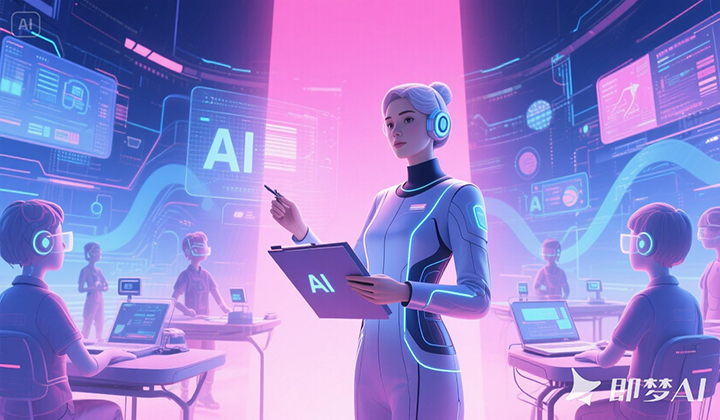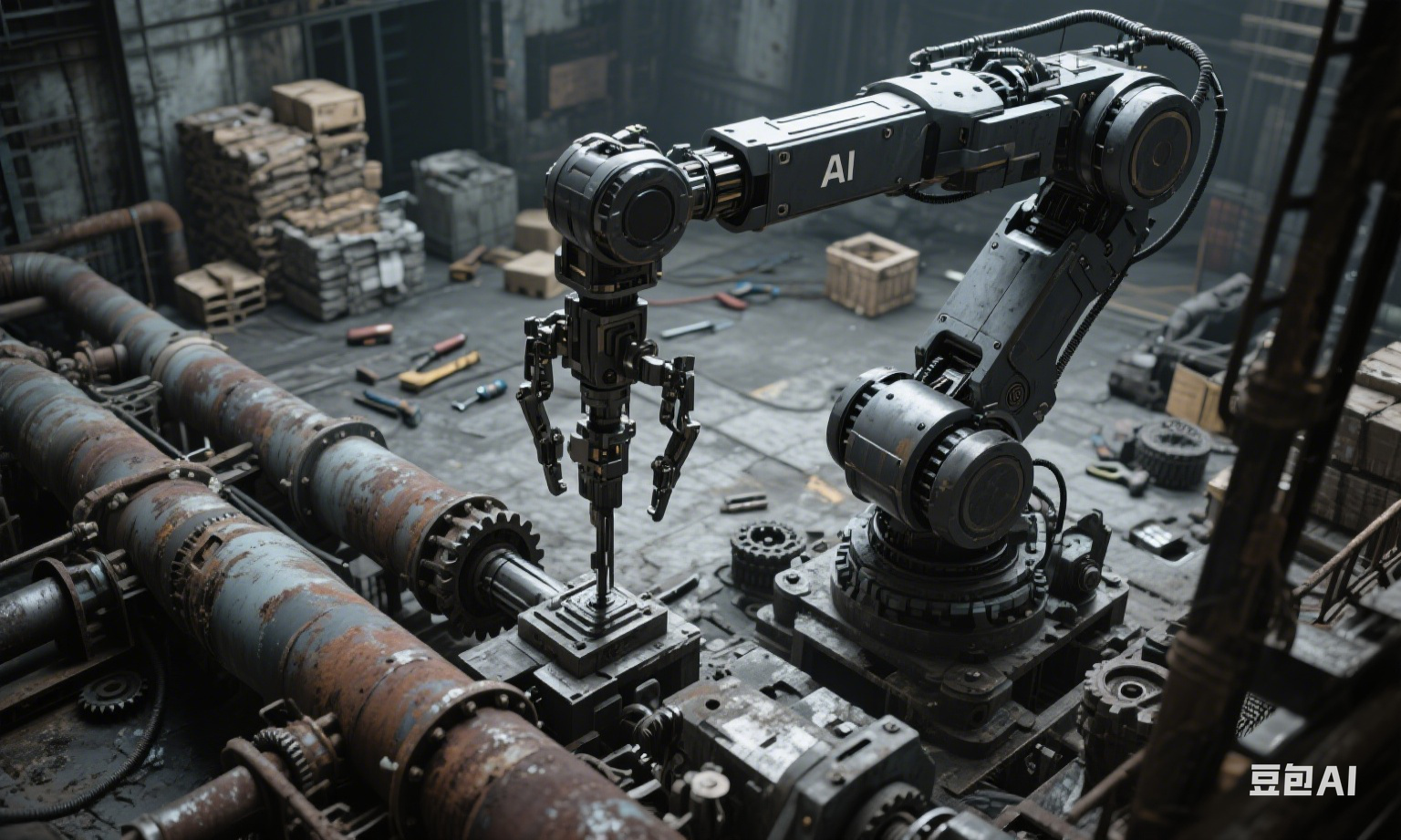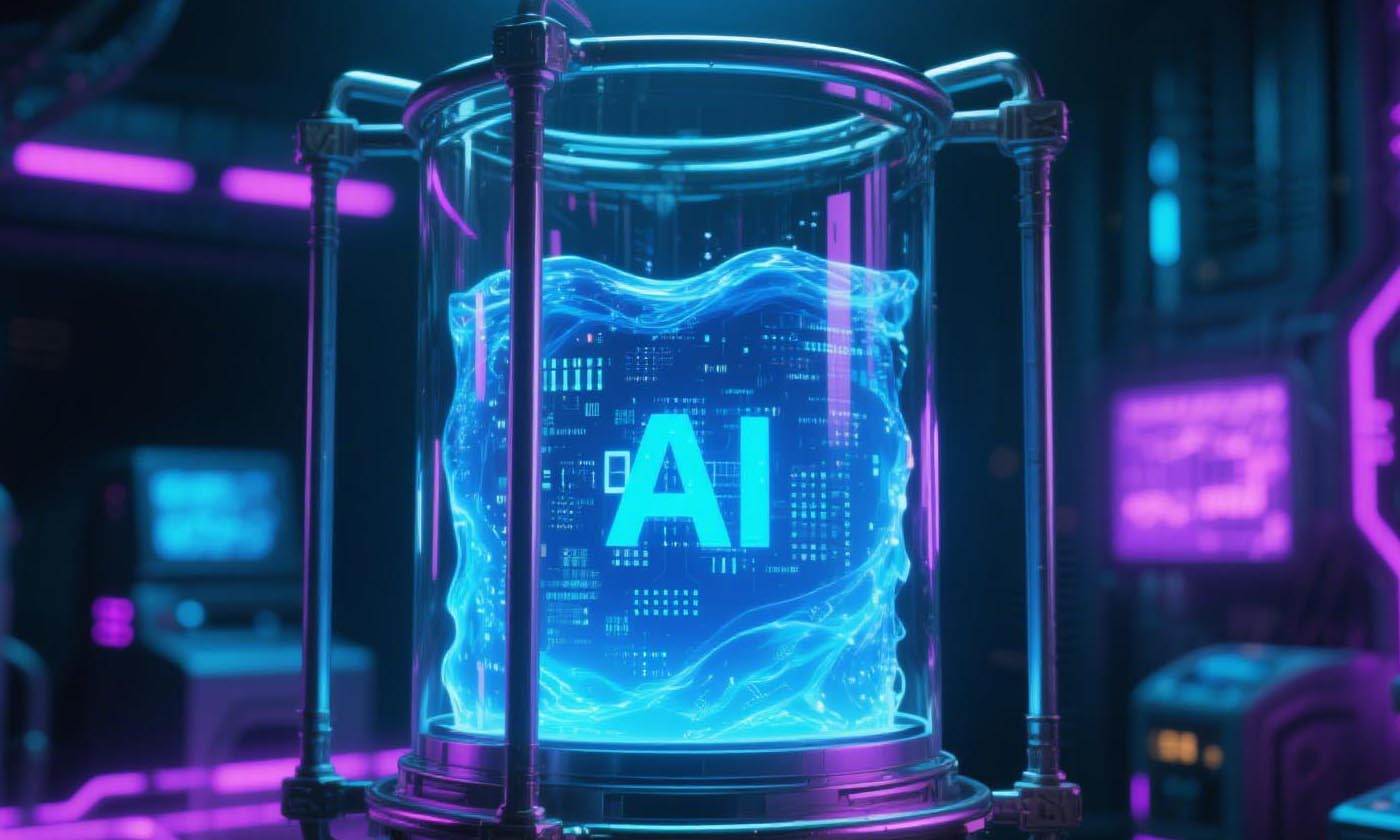The Applications of Cutting-Edge AI Technologies
单涡轮马猴烧酒 2025-06-05
Here are some applications of cutting-edge AI technologies across various fields:
Here are some applications of cutting-edge AI technologies across various fields:
These applications highlight how AI is not only enhancing efficiency but also driving innovation across sectors, with ongoing advancements in natural language processing, computer vision, and robotics pushing the boundaries of possibility.
Healthcare
- Precision Diagnosis and Medical Imaging Analysis
AI algorithms automate the analysis of X-rays, CT scans, and MRIs to detect subtle lesions, providing quantitative data to reduce misdiagnosis and improve diagnostic speed. For example, DeepMind’s AI systems have demonstrated significant accuracy in early breast cancer detection. - Personalized Medicine
By analyzing vast genomic datasets through deep learning, AI identifies disease-related genetic variations, enabling doctors to tailor treatment plans. IBM’s Watson Genomics is a notable example in this domain. - Drug Discovery
Machine learning accelerates drug development by predicting the efficacy and safety of candidate molecules from massive biological and chemical datasets. Companies like Insilico Medicine have achieved breakthroughs in drug molecular design. - Surgical Assistance
AI-powered surgical robots (e.g., the Da Vinci Surgical System) and pre-operative planning tools enhance surgical precision and safety. The "Honghu" knee replacement robot developed by Shanghai Jiao Tong University’s Ninth People’s Hospital is a leading example in minimally invasive surgery.
Transportation
- Intelligent Toll Stations
AI-driven "Lane AI Assistants" automate toll management, optimize billing, and enhance interactions with drivers, improving efficiency and user experience at toll stations. - Smart Tunnel Monitoring
Tunnel inspection robots integrated with AI models conduct intelligent patrols, detecting structural anomalies or safety hazards in real time. - Low-Altitude Drone Inspection
AI-powered drone systems use high-precision sensors and algorithms to collect data, generate 3D digital models, and identify infrastructure defects (e.g., in power grids or transportation networks) with automated flight planning. - Weather Early Warning
AI models leveraging low-orbit meteorological satellite data enable fine-grained traffic weather forecasting, enhancing disaster preparedness for road, rail, and air transport.
Education
- Personalized Learning Platforms
AI analyzes students’ progress and adjusts curriculum difficulty in real time, creating tailored study plans. Platforms like Carnegie Learning use adaptive learning to optimize knowledge retention. - Intelligent Teaching Assistants
AI systems automate grading, analyze student performance data, and provide teaching insights for educators. Tools like Gradescope streamline administrative tasks while identifying learning gaps.
Other Key Fields
- Finance
AI acts as a fraud detection watchdog, analyzing transaction patterns to identify anomalies. It also powers robo-advisors (e.g., Betterment) for automated investment strategies and real-time risk management in financial markets. - Manufacturing
AI-driven predictive maintenance systems (e.g., General Electric’s Predix) monitor equipment health to prevent downtime, while smart factories optimize production lines through real-time data analytics. - Energy
AI optimizes energy consumption in grids and industrial systems. For instance, Google’s DeepMind has reduced cooling costs in data centers by analyzing energy usage patterns to recommend efficiency improvements. - Logistics and Supply Chain
AI algorithms optimize route planning (e.g., UPS’s ORION system) and inventory management, reducing delivery times and operational costs. Autonomous delivery vehicles, like those developed by Amazon, are transforming last-mile logistics. - Entertainment
AI generates personalized content recommendations (e.g., Netflix’s algorithm) and creates virtual characters or deepfake technologies for immersive storytelling. Companies like OpenAI are exploring AI-generated music and art for creative industries.
These applications highlight how AI is not only enhancing efficiency but also driving innovation across sectors, with ongoing advancements in natural language processing, computer vision, and robotics pushing the boundaries of possibility.












